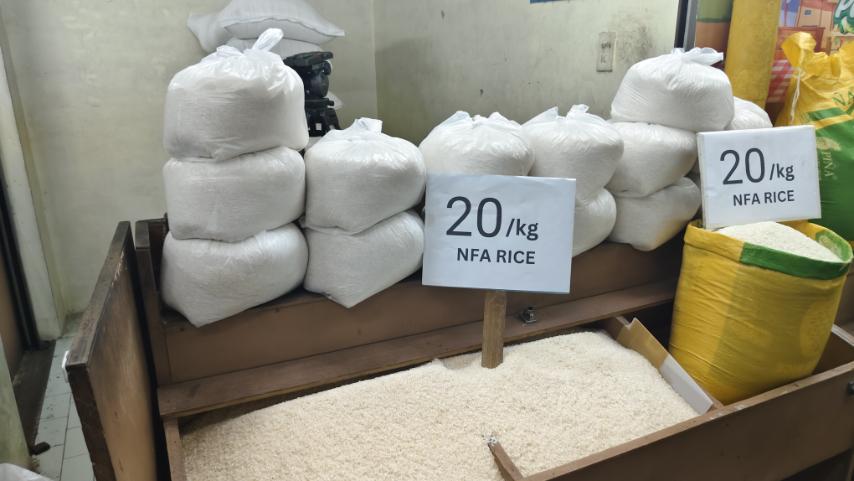
By Darryl John Esguerra | Philippine News Agency
The government is integrating the sale of P20/kg rice into the Department of Social Welfare and Development’s (DSWD) Walang Gutom Program (WGP) to boost food access for poor families, Social Welfare Secretary Rex Gatchalian announced on Tuesday, June 3.
In a press briefing in Malacañang, Gatchalian said the move was in line with President Ferdinand R. Marcos Jr.’s directive for government agencies to work in a coordinated manner.
Gatchalian bared he had met with Agriculture Secretary Francisco Tiu-Laurel Jr. to finalize the supply of P20/kg rice to Walang Gutom accredited retailers.
These retailers, including KADIWA outlets and small agri-cooperatives, are the same outlets where WGP beneficiaries redeem their food credits.
“Bibigyan sila ng supply ng bente pesos na bigas para ‘yung credits nila, mas marami silang mabili, the agency has submitted a list of about 1,000 accredited retailers to the D.A. to start the rollout,” Gatchalian said.
Launched in July 2023 under Executive Order No. 44, the Walang Gutom 2027: Food Stamp Program aims to lift 750,000 food-poor families out of hunger by 2027. Beneficiaries receive monthly food credits redeemable at partner retailers and also undergo nutrition education.
Benteng Bigas Meron (BBM) Na! addresses problems in food security
The P20/kg rice, or the Benteng Bigas Meron Na! is a flagship program of the Department of Agriculture and the National Food Authority. It fulfills the campaign promise of the President to make rice affordable to the public.
The integration of P20/kg. rice is the latest enhancement to the Walang Gutom Program, which has shown positive results based on independent monitoring.
A nationwide survey conducted by the Social Weather Stations (SWS) and commissioned by a cellular network provider revealed that hunger incidence among WGP beneficiaries declined significantly — from 48.7% in October 2024 to 44.6% in December 2024.
The SWS survey, which included nearly 4,000 respondents across 33 provinces, showed that while hunger among beneficiaries decreased, hunger among non-beneficiaries increased by 6.1 percentage points in the same period.
Regions such as Negros Occidental, Negros Oriental, Cotabato City, Zamboanga del Norte, and Surigao del Norte saw the most marked improvements.
The study also noted that although severe food insecurity—including skipping meals or entire days without food—remains a concern, the rise in such cases was notably slower among program beneficiaries. (PNA)
